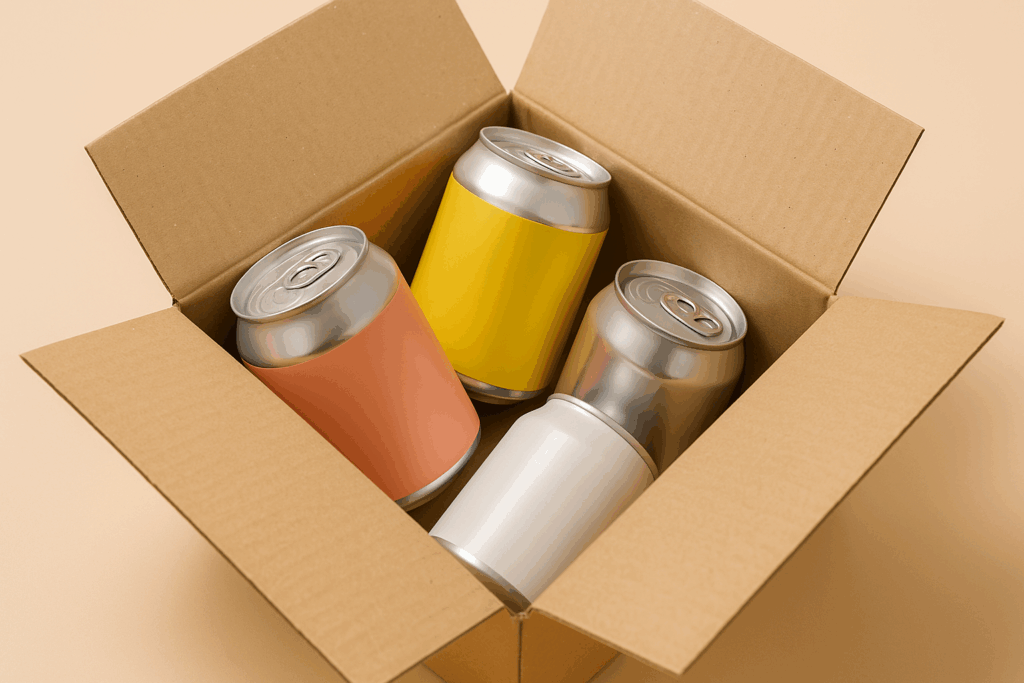Why Packaging Isn’t Just Pretty Wrapping
There is a silent struggle going on in every shopping aisle. There are dozens or perhaps hundreds of products competing for your attention. One factor that constantly tilts the scale in those brief moments when consumers are making decisions is the packaging.
Packaging is more than just a visual hook for CPG brands, it’s the tangible manifestation of your brand’s identity. This blog explores how intentional packaging design can move the needle from “just another product” to a brand that’s instantly recognized and remembered.
Your Packaging Is Your Brand
Brand identity lives not only in your logo, social media, or tone of voice. It shows up most powerfully in your packaging. In fact, for many CPG products, the packaging is the first and sometimes only brand experience your customer gets before purchase.
According to an Ipsos survey, 72% of consumers say packaging design influences their buying decision. That means before they know what your product tastes like or how it performs, they’ve already made a snap judgment about your brand.
The most successful packaging designs don’t simply look good, they signal brand values in under three seconds.
Think of your packaging as your best-paid salesperson:
- It works 24/7
- It doesn’t need training
- It sits at the point of sale
- And it reinforces your positioning every time it’s see
Strategic Design Systems: Consistency That Scales Across SKUs
Every variation, size, and sub-product must still have the same appearance if packaging is the standard for your brand. The design system, a visual foundation that aids brands in preserving uniformity across product lines, geographical areas, and marketing initiatives, comes into play.
Your packaging will begin to stray if you don’t have a clear method in place, confusing customers. Even worse, it breaks up your brand identity, which makes it more difficult for customers to remember you later or to identify you on the shelf.
So, how do CPG brands avoid this? Through repeatable systems that balance flexibility with cohesion.
A basic CPG design system includes:
- Core brand colors (e.g., Coca-Cola red)
- Variant coding through color or icons (e.g., flavored waters)
- Unified typography across sizes and languages
- Modular layout that allows content to shift without changing the feel
- Visual hierarchy rules so that the brand always leads
The Science Behind First Glance Decisions
Consumers don’t read packaging, they scan it. On average, they spend just a few seconds looking at a product before making a choice. That’s why shelf impact is critical. In that fleeting moment, your packaging must command attention and communicate brand identity instantly.
The key is visual hierarchy, structuring your packaging so that the eye goes exactly where you want it. Logos, product names, claims, and colors must all work together to create a visual pathway that leads to brand recognition.
Top-performing CPG brands achieve this through:
- High-contrast designs that stand out from competitors.
- Bold logo placement at eye-level or center packaging zones.
- Clear, minimal messaging with one core promise or benefit.
- Unique form factors or structures (think Pringles’ tube or Absolut’s bottle).
Packaging That Tells a Brand Story
A logo might be recognized. A story is remembered. Smart packaging doesn’t just label a product, it tells a story that aligns with your brand’s identity, values, or mission.
For your packaging to drive emotional stickiness, it should reflect:
- Your origin story or brand purpose
- The “why” behind your product
- A glimpse into your consumer’s lifestyle or values
And it doesn’t have to be loud. Even subtle cues like handwritten font styles or tactile materials can create warmth and human connection turning a transactional purchase into a branded moment.
How to Know If Your Packaging Is Working
Packaging may be physical, but its ROI is measurable. If you’re not tracking how your packaging influences brand identity, recognition, or purchase decisions, you’re leaving insights (and revenue) on the table.
Start with these strategic metrics:
- Aided and unaided brand recall in pre/post-design testing.
- Conversion rates in A/B shelf testing (in-store or online).
- Unboxing experience feedback from social media or review sites.
- Shelf velocity and sales lift after redesign.
More advanced CPG brands are also using:
- Eye-tracking studies to understand how packaging competes in clutter.
- Digital twin packaging with QR codes that drive further engagement or feedback loops.
Turn Every Product into a Brand Touchpoint
Packaging is not a one-off design exercise. It’s a scalable, repeatable vehicle for expressing your brand identity, telling your story, and earning consumer loyalty again and again.
In the CPG space, your brand lives or dies at the shelf. If your packaging isn’t doing the heavy lifting of recognition and emotional connection, your competitors will.
Ready to turn your packaging into a brand asset, not just a cost center? Contact MAVRK Studio to start building recognition where it matters most on the shelf, in the cart, and in your consumer’s mind.





